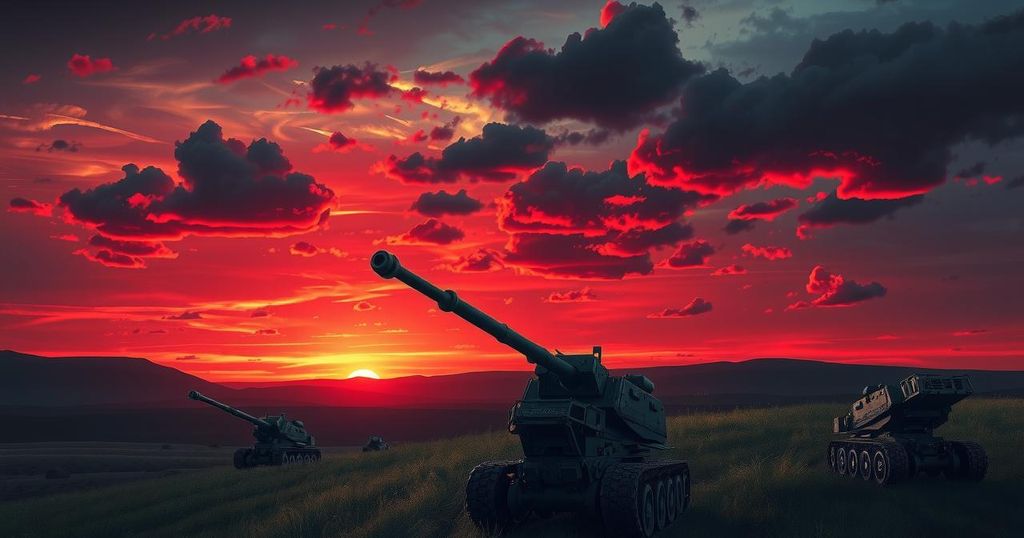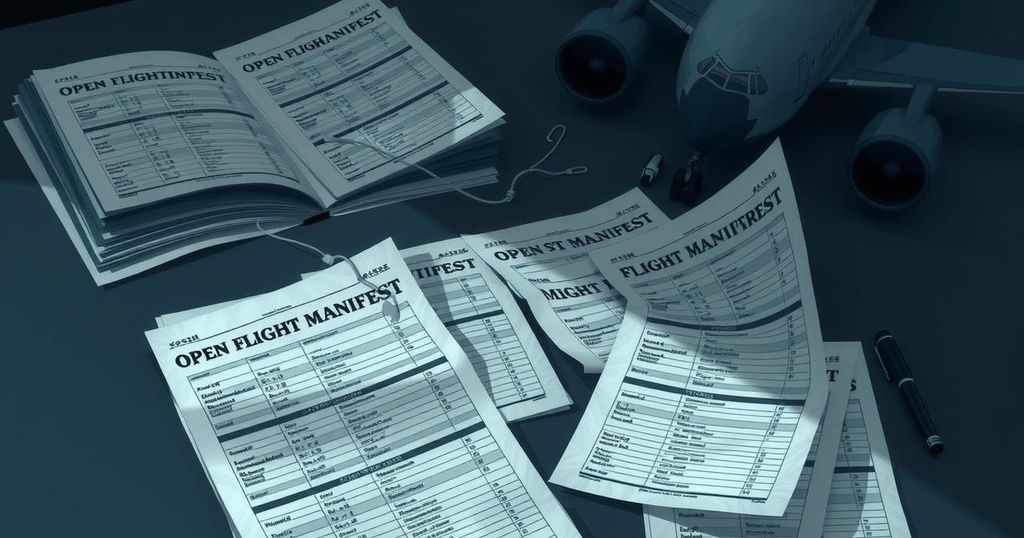World news
ASIA, BLOOMBERG, BUDANOV, DEFENSE, DONALD TRUMP, DONETSK, ENERGY INFRASTRUCTURE, EUROPE, EUROPE/ASIA, KI, KIM JONG - UN, KIRILL BUDANOV, KOREA, NORTH, MILITARY, MILITARY SUPPORT, NATIONS, PUTIN, PYONGYANG, RUSSIA, RUSSIA-UKRAINE WAR, SERGEI LAVROV, SERGEI SHOIGU, TRUMP, UKRAINE, UNITED, US, VLADIMIR PUTIN, WAR
Elena Martinez
0 Comments
Ukraine Alarms Over Russian Use of North Korean Weapons
- Ukraine’s military intelligence claims North Korea supplies 40% of Russian artillery ammunition.
- Budanov reports that North Korean missiles have caused 60% of casualties in three months.
- North Korea’s military production remains active around the clock, fueling the conflict.
- Putin’s visit to Pyongyang last June marked a deepening military cooperation with North Korea.
- The U.S. has resumed arms support for Ukraine amidst claims of rising civilian casualties.
Russia’s Reliance on North Korean Military Support
The ongoing conflict in Ukraine has taken an alarming turn as recent revelations indicate a significant supply relationship between Russia and North Korea. Kirill Budanov, the chief of Ukraine’s military intelligence service, disclosed in an interview with Bloomberg that North Korea is fulfilling a substantial portion of Russia’s artillery needs, providing nearly 40 percent of the ammunition. This includes not just conventional shells but also sophisticated ballistic missiles and complete artillery systems, which Budanov described as “good weapons” that have intensified the challenges faced by Ukrainian forces.
Continued Military Engagement and Casualty Concerns
Budanov elaborated on the serious implications of this military partnership, noting a staggering 60 percent of casualties suffered by his units over the last three months stemmed from strikes involving North Korean munitions. He emphasized that North Korea’s military manufacturing continues unabated, with production operating around the clock. The cooperation between Moscow and Pyongyang appears to have strengthened following Vladimir Putin’s visit to North Korea last June, resulting in a strategic partnership that has included the signing of a comprehensive agreement. Furthermore, the Ukrainian intelligence chief revealed that troops from North Korea have reportedly been sent to augment Russian military operations in the Kursk region, a move that has raised eyebrows in the West as military analysts assess the potential implications.
Prospects for Ceasefire Amid Intensifying Conflict
Recent developments have prompted the U.S. to respond, with President Donald Trump ordering the resumption of arms deliveries to Ukraine, including essential air defense systems. Notably, Trump’s comments about Putin’s conduct have taken a more critical tone, acknowledging the devastating impact of Russian actions, particularly regarding civilian casualties—June marked the highest civilian toll seen in three years. Amidst this chaos, Budanov conveyed that while a ceasefire is theoretically possible, it would require negotiations involving Ukraine, Russia, and the U.S. He optimistically suggested that an agreement could be brokered before the end of the year, which would be a crucial step towards curtailing the ongoing violence. Despite the continued onslaught, Budanov remains confident that Russian ambitions to fully occupy the Donbas region by year-end will not succeed, asserting that Russian forces are primarily focused on establishing a buffer zone in their advances.
In summary, the recent developments highlight a troubling alliance between Russia and North Korea, challenging Ukraine’s military resilience. Budanov’s statements raise concerns over high casualty rates stemming from North Korean weaponry, alongside implications of escalating confrontations as Russian advances continue. Potential peace talks that include key international players could pave the way for a ceasefire, underscoring the urgency to resolve this escalating conflict in the near future.




Post Comment